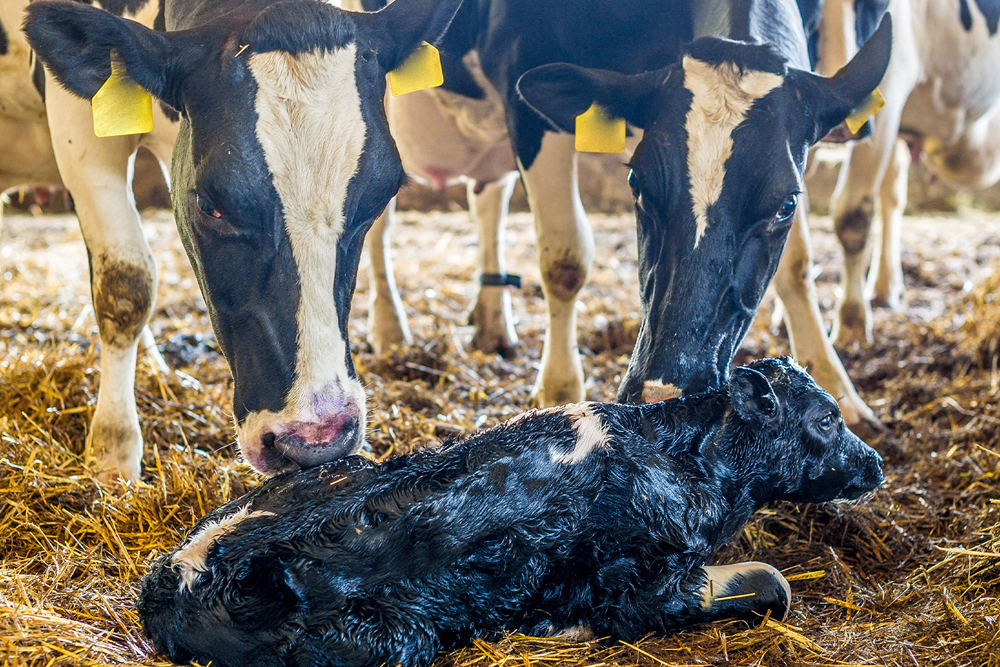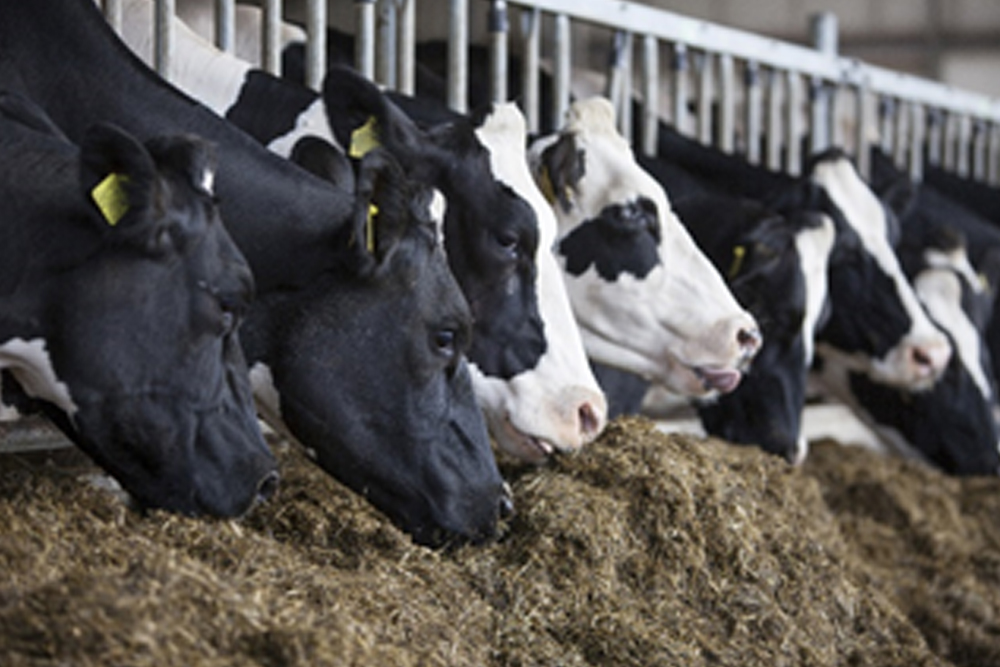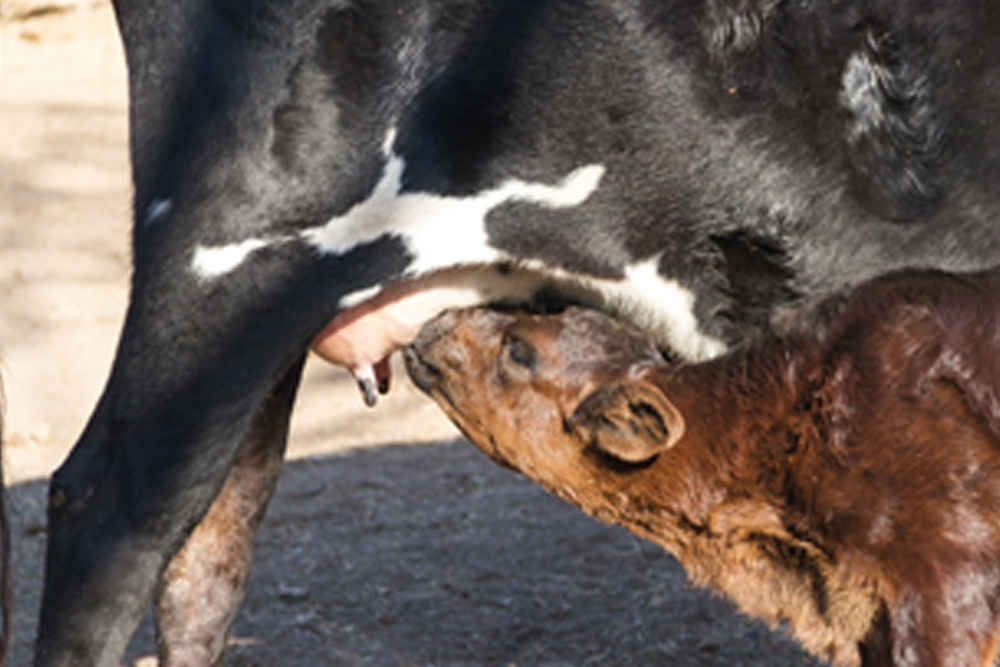FRESH COWS - TRANSITION DAIRY COWS NUTRTION

For dairy cows, the time after calving is crucial. The cows are in a negative energy balance because they spend the bulk of their energy producing milk and are unable to ingest enough grain to meet their energy requirements. It is critical to feed the cows with as much energy as possible in the form of enough but not excessive effective fiber. Also, make sure they’re chewing their cud and eating the meal rather than sorting it. Management strategies that maximize dry matter intake while preserving rumen function.
- Cows should be checked routinely for feeding and metabolic problems
- Fresh cows should not be housed alongside ill cows.
- To prevent mastitis, keep your surroundings clean.
- Reduce heat discomfort by providing cooling.
- Continue to provide a minimum of 30 inches/cow at the feed bunk to reduce competition.
- In free stalls, the stocking rate should be around 80%.
- Dry ground corn should be used to supplement corn silage diets rather than more fermentable starches like barley, wheat, or high moisture corn.
- Clean the feed bunk once a day and supply a consistent amount of new feed with suitable feed additives to provide nutrition.

A well-balanced nutrition program helps ensure cows are ready to produce high-quality milk, while also decreasing metabolic issues that could potentially arise post-calving.
Managing Calcium status of fresh cows
The quantity of calcium available to a dairy cow after calving is small compared to the amount required for milk production. Fresh cow milk production and health can be jeopardized when blood calcium levels go too low. As a result, hypocalcemia, whether clinical or subclinical (milk fever). A negative dietary cation-anion difference (DCAD) diet with complete anion supplementation can help return a transition dairy cow to normal blood calcium levels and reduce the prevalence of clinical and subclinical milk fever. Urine pH is decreased to 5.5-6.0 with little variation between cows using this method. As a result, urine pH can be utilized as a metric for ration control.

Support metabolizable protein (MP) needs
During the last month of pregnancy, more than 70% of a cow’s MP can be used to support fetal growth. Furthermore, following calving, cows struggle to maintain protein balance as feed intake reduces while protein requirements to support fresh cow milk production rise. During the changeover stage in dairy cows, enough MP is critical. Without sufficient supplements, milk production, health, and metabolic functioning may decrease. Focus on the quantities that help support the animal’s protein and amino acid needs rather than the crude protein level. Understanding the rate and degree of protein digestibility aids in predicting how much mp is delivered to the fresh cow and thus accessible for milk and component production, as well as other critical metabolic processes.
Minimize negative energy balance
Dry matter intake decreases while energy requirements rise to maintain milk production in dairy cows during the transition period. The negative energy balance that results can have an influence on fresh cow milk supply and possibly reproductive success. During the transition period in dairy cows, focus on management and diet to stimulate consumption. To carefully measure fiber value and potential energy contribution in the transition dairy cow diet, track the digestibility and indigestibility of neutral detergent fiber (NDF). The digestibility of starch is also essential. To balance overall tract drivers of glucose, including giving appropriate rumen accessible starch, fresh cows require a particular quantity of starch and fiber to manage glucose demand and be healthy.

To keep her on-feed, we typically err on the side of caution and reduce the pre-fresh ration. With a little additional thought, we can discover a combination of digestible and indigestible fiber, carbohydrates, sugars and fat and protein sources to keep her on feed and maximize peak milk production without causing her to lose too much weight. A greater grasp of dairy cattle nutrition will help you get your transition cows off to a good start and enhance their performance. Learn how to keep your dairy cows healthy during the transition period.

Dairy cows have enormous potential to produce milk but they have very high nutrient requirements to achieve that potential. Cow need daily supply of essential nutrients required for their maintenance, growth, pregnancy and production and here at Dasan we are taking care of it by producing best dairy feeds / best dairy wanda of Pakistan.,
